Slowing down with... SVADA
A short interview with artist SVADA

Time for yet another interesting peek into an artists' mind and being. Today it's SVADA (Twitter, Instagram, works on Hic et Nunc) who has gently taken the time to tell us more about his work. I first spotted his lovely paintings on Instagram, and was thrilled to see them showing up as #cleanNFTs on Hicetnunc. "Mixing code, painting and textures", says the artist, in a statement that could be true to some of us' lives. Let's go!
Q: What is your background? If you'd like to share some part of your life story to give a context to your art and who you are today.
A: I grew up in rural Sweden in the 80/90's, always hooked on anything new that popped up during this era that fused aesthetics with what nowadays would be considered crude tech: pixel art on paper, cassette tape mixing, Amiga coding, breakbeat sampling etc. This pre-internet age combined with the constraints of living in a small town spawned a hyper-creative community among me and a few teen friends. Later on I got a degree in technical illustration and have been employed in the Stockholm IT industry ever since, mainly as a UI Designer.
Q: How did you get into art? Is it your main activity?
A: I've been involved in commercial art/design projects during my entire career but was never into the "fine art" scene until my wife urged me to apply for an annual spring exhibition at a renowned art gallery about ten years ago. The established art scene felt too anachronistic and political to me and I wanted to bring something else to the table. My computer generated applications using hexagons, chromatic aberrations and monochrome raytrace renders were always rejected - there seemed to be a dogmatic refusal of any digital expression. I went back to acrylic painting but soon got frustrated with the slow pace and lack of fidelity. This is where the SVADA fusion was born - merging the speed and flexibility of the digital with the look and feel of the analogue.
The mortgaged urban middle class work tirelessly and don't have much time or energy left to spare for any creative exploration and rather not use expensive apartment space to store physical paintings. What we do have though is an ever increasing abundance of CPU power, disk space, smartphone cameras and internet bandwidth. My approach is shaped after these circumstances: the artworks are auto generated, semi random creations using my own custom ExtendScript code controlling Photoshop via Visual Studio, using input from texture captures and inspiration images.
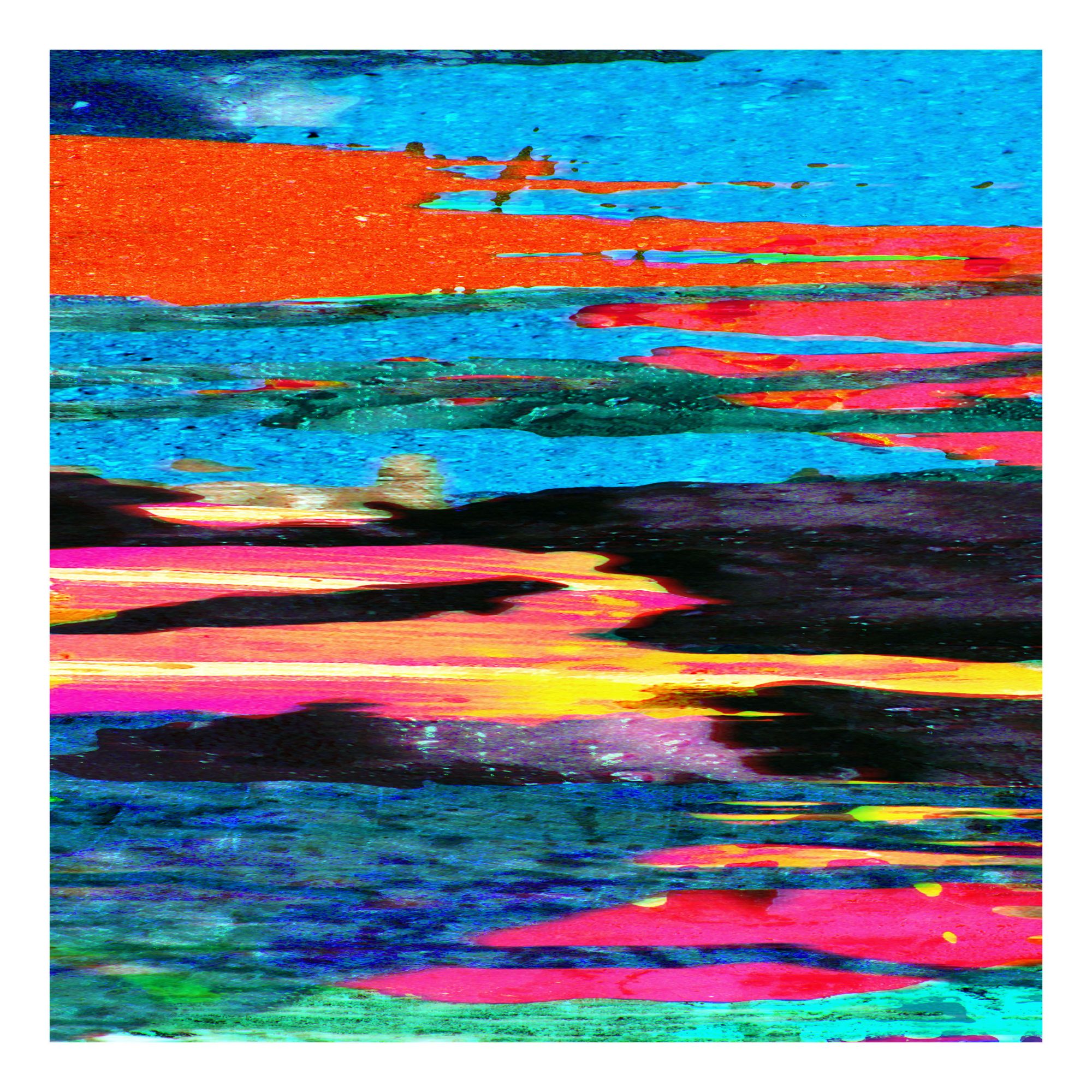
Q: Which are your artistic influences?
A: Some visual influences are Kate Shaw, Louise Zhang, early CGI, Psygnosis covers... However, music is my main source of inspiration. I've been into the jungle/breakbeat scene since the early beginnings and always loved the concept of sampling pieces of reality, cutting them up and rearranging - this is similar to my art process. I've also picked up the approach of dub techno and the click'n'cuts genre, where unwanted noisy artifacts are amplified and placed in front instead of being polished off. I'd like to mention artists like 4 Hero/Reinforced Records, Deepchord, ODZ, Snövit, Pete Cannon, Radio Slave, Cari Lekebusch etc.
I'm also inspired by AI research and automation. So much artistic value is attributed to the human factor but our imagination is just one limited set out of an infinite pool of possibilities. Just look at how similar most abstract art looks - my style could never have been achieved without even a simple Math.random() function. I find the book "What is Art" by Swedish artist Ernst Billgren liberating, where he describes the creative process as a rational, functional process.
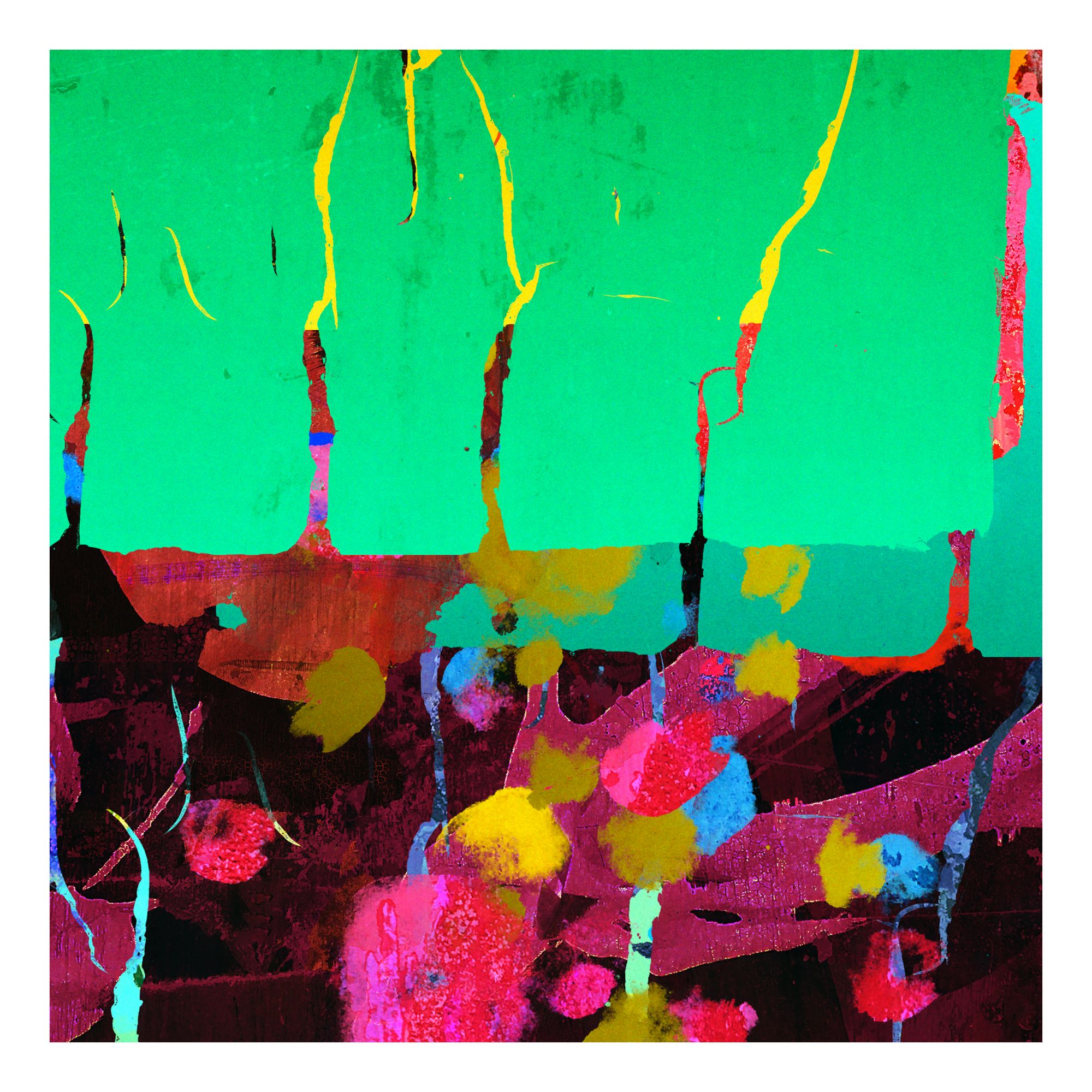
Q: What has the art NFT movement meant to you? Has it changed your art practice? Does it enable you to do something that you couldn't do before?
A: Mostly connecting and networking with a few brilliant minds. I have a small but very dedicated group of fans. A few unexpected events have occurred online, like traditional artists taking color composition inspiration from my algorithms or urban rave hipsters sharing enthusiasm for the same piece as cat-painting ladies on the countryside do - this feels truly uniting beyond any political agenda.
I also find the NFT scene to be the true contemporary art scene, both visually and from the medium used. Modern life people in C-19 lockdown can probably relate more to glitchy pixels on a screen than an oil painting in a gallery. Although considered bizarre and "not art" by the establishment at this point, eventually NFT will be the primary way to distribute artworks and wipe out the current paradigm. I hope this is also the point where the market adjusts the monetary compensation - most NFT artists seem to be selling amazing work for peanuts at the moment.
I haven't changed my art practice because of NFT. Perhaps I could make more sales adapting to the dominating vaporwave style but I like to stay in my space.
Q: Would you like to highlight any of your works? Any story you'd like to tell around any piece?
A: "Land" was one of the first pieces I minted just to try out HEN. It was just an old piece I had put in the trash bin and I thought I had nothing to lose by posting it - to my surprise people really appreciated it! You never know what will take off or not, so you might as well experiment with minting - which is one of the best things with HEN as a platform.
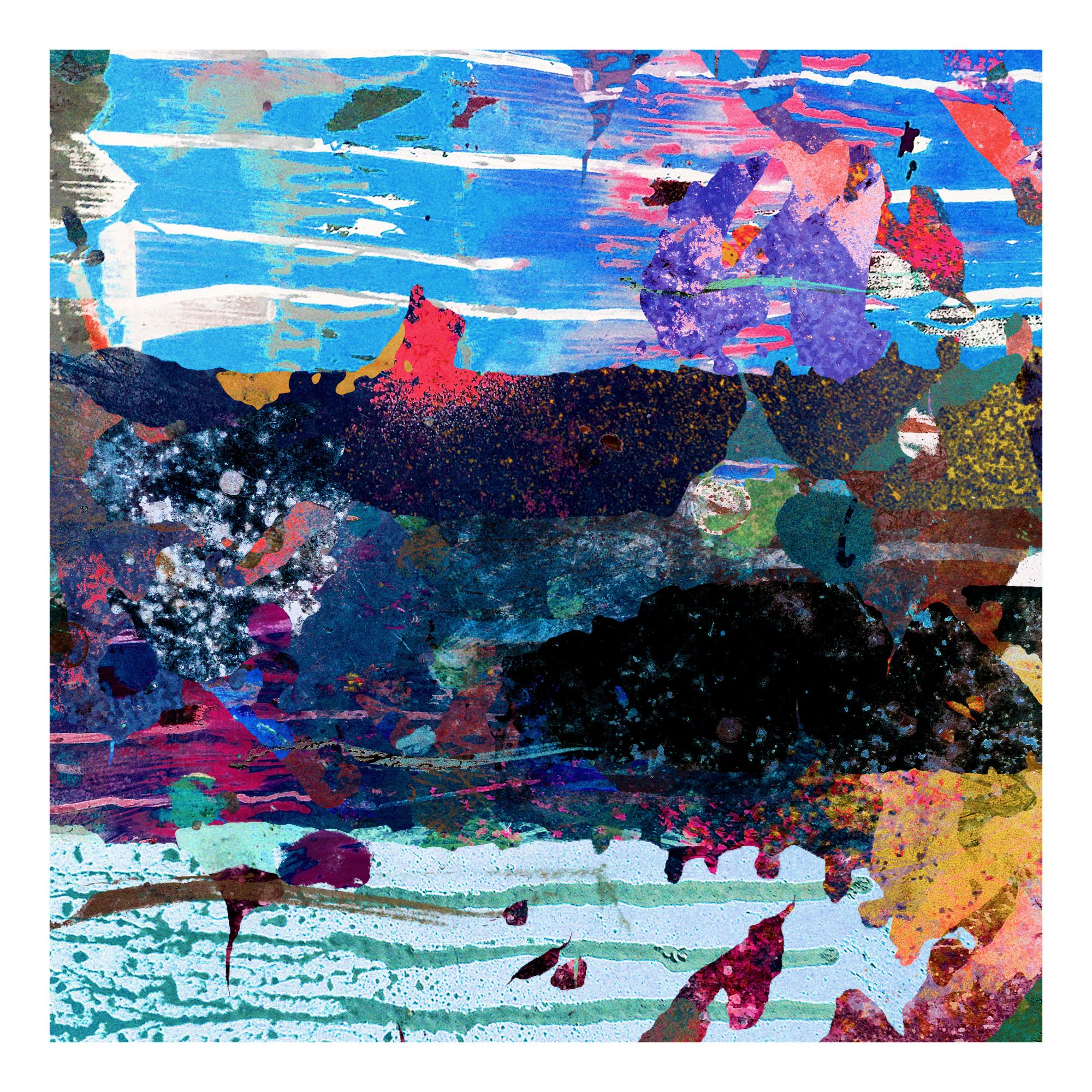
Q: Which NFT platforms are you using? Both as an artist and as a collector or passerby.
A: I used an Ether based platform at first but was shocked to hear about the negative environmental impact, so I burned everything and decided to avoid NFT until a more eco-friendly platform would show up. I then tried out HEN just for fun and got stuck.
Q: What would you like to see in the platforms you use in the future? Would you be interested in having some kind of support towards, e.g., promotion, artists discovery, the possibility of working with curators, functionalities to make collaboration and debate easier? Etc.
A: Top priority would be stability, speed and accessibility for me. I like the elegant, clean approach of HEN and the wild west exploration phase the scene is at the moment, just like the early days of the Internet. I'd also like some way to promote my artwork without having to spend valuable time shilling and tweeting.
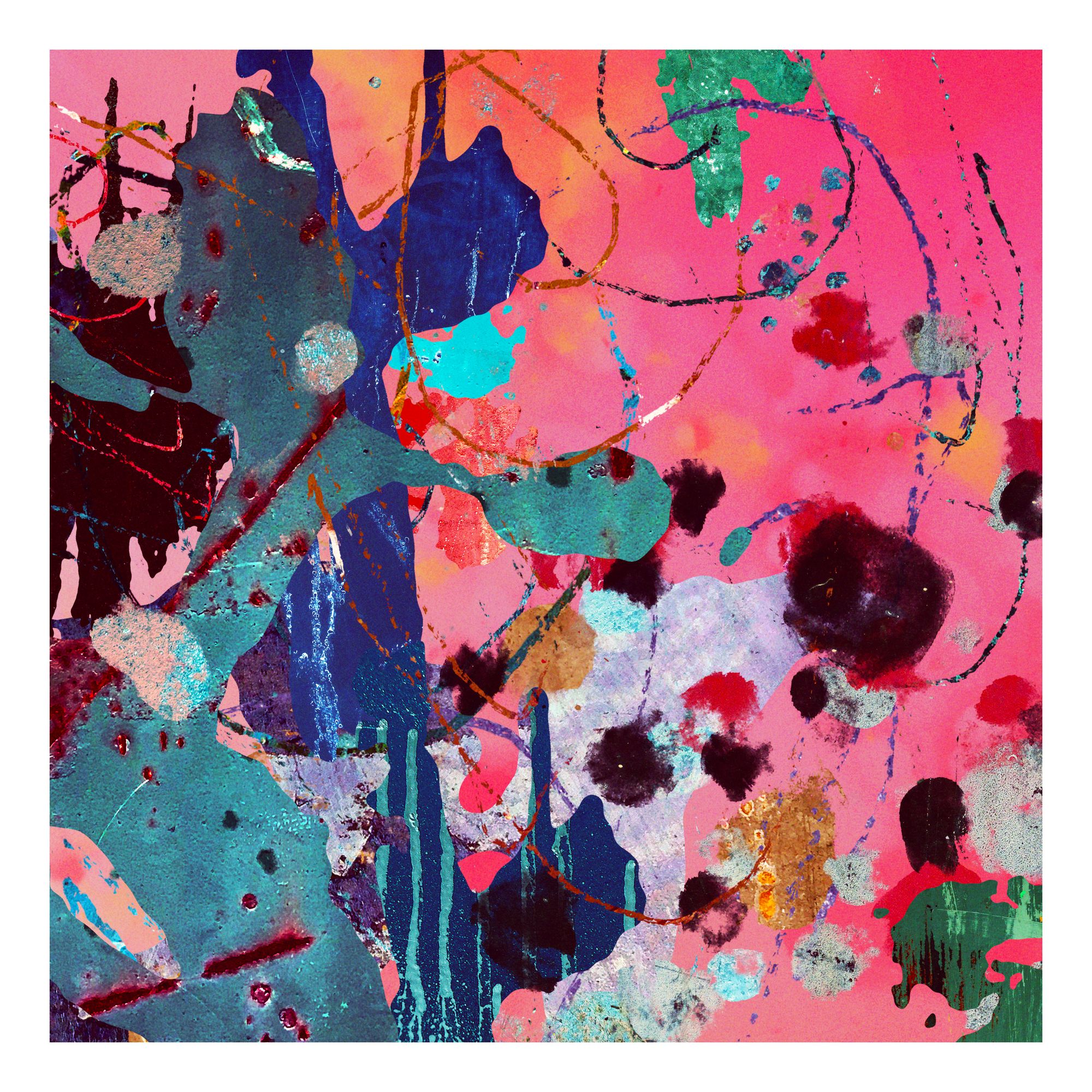
Q: Any thoughts regarding the underlying decentralized nature of Hic Et Nunc and other NFT marketplaces? How does it impact local communities?
A: Some people will always find a way to abuse it - just look at the bots sweeping up all free stuff - but I still prefer the open, decentralized market compared to a curated one so far. As for local communities, I still have no connection to the Swedish fine art scene whatsoever and don't see any reason to join it now that I'm part of a global, more vibrant one.
Q: Any other artist whose work you'd like to recommend?
A: So much talent... On the top of my head: Obay Alsharani, Tomas Nanne, Tetsuro Kimura, Bjorn Calleja, Niels Erik Bach Boesen, GERD, Fora De Compasso... there's just so many talents out there. The pandemic has really created this cambrian explosion of creativity.
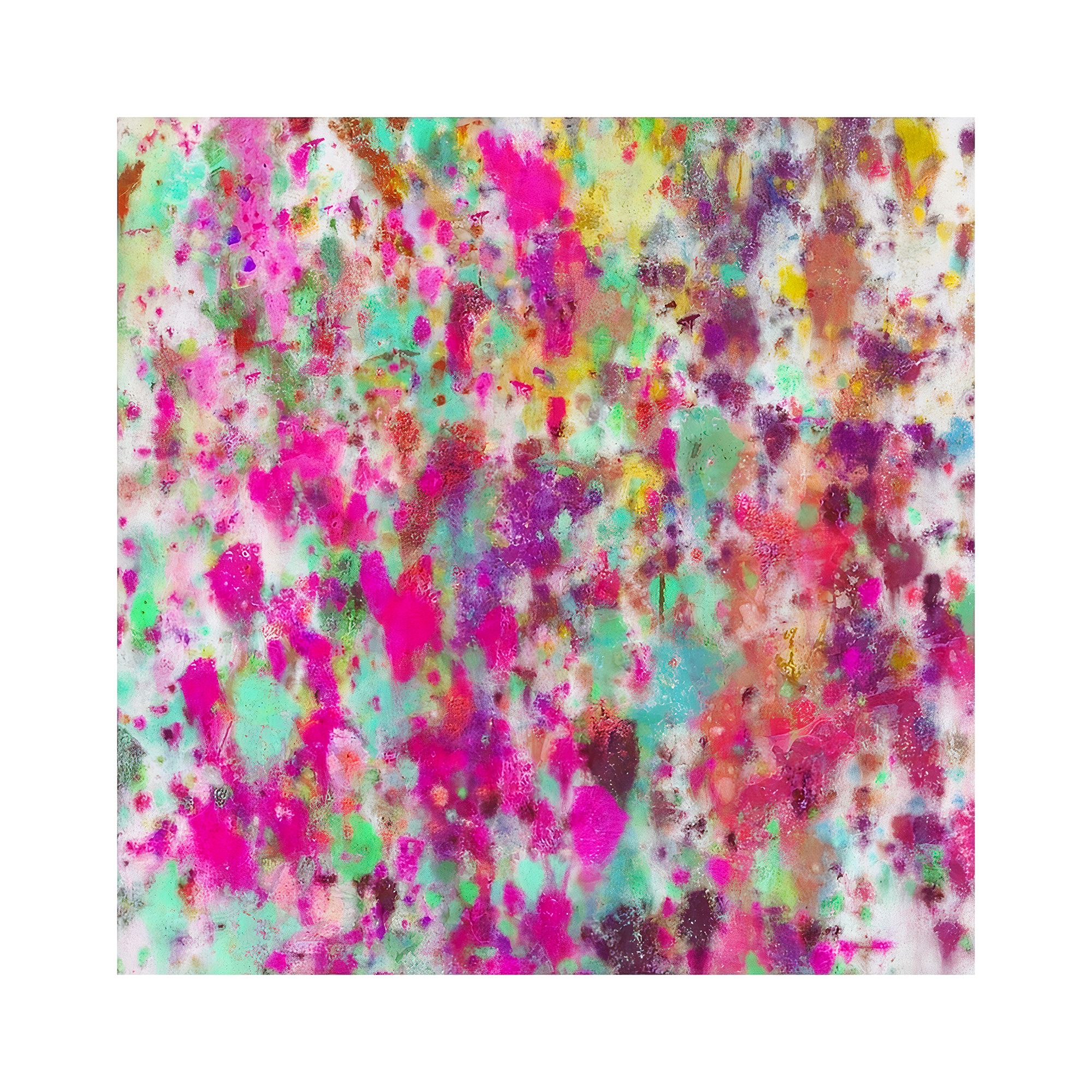
Q: Any artist who you'd like to see in this series of interviews?
A: Marcelo Pinel or RINII. Absolutely stunning work that deserves a larger audience.
Q: Any closing thoughts?
A: Thanks a lot for showing interest in my work! Perhaps I'm contradicting myself, but always follow your gut feeling - especially in this fast moving, crazy NFT world!
Thank you, SVADA!